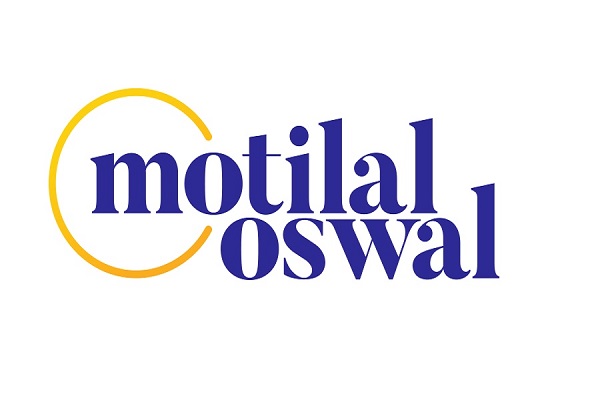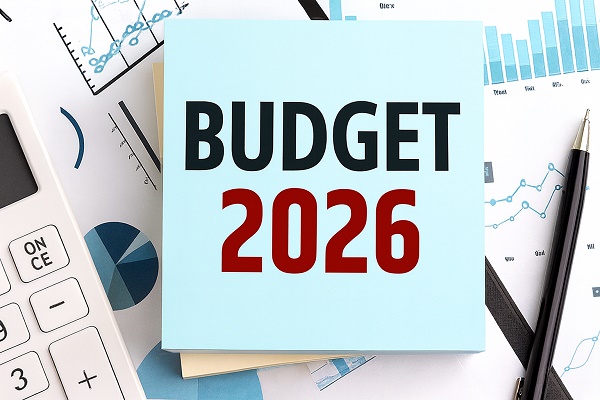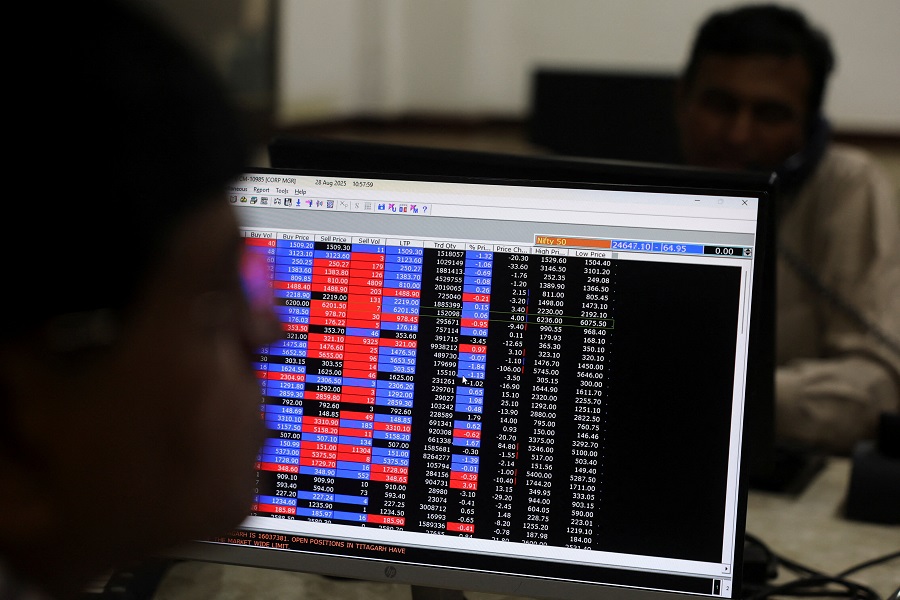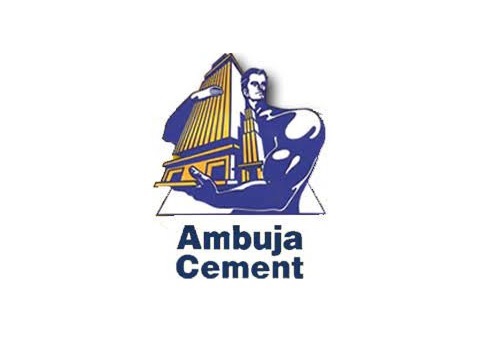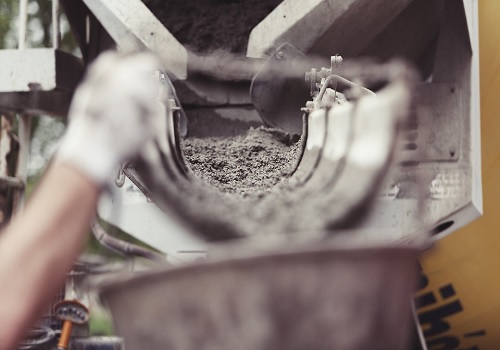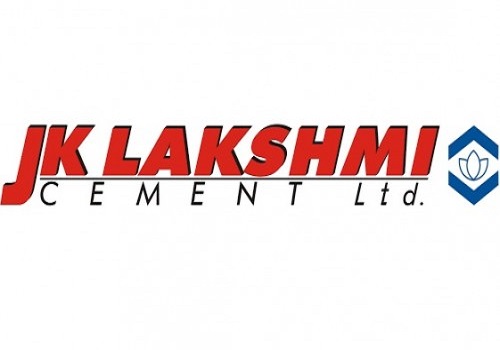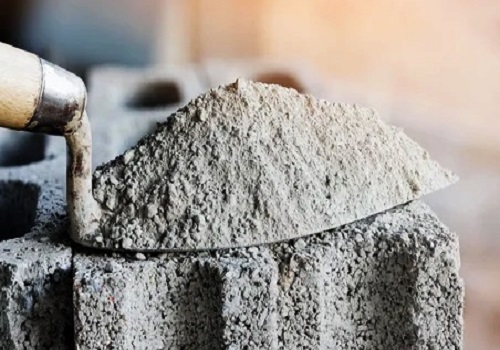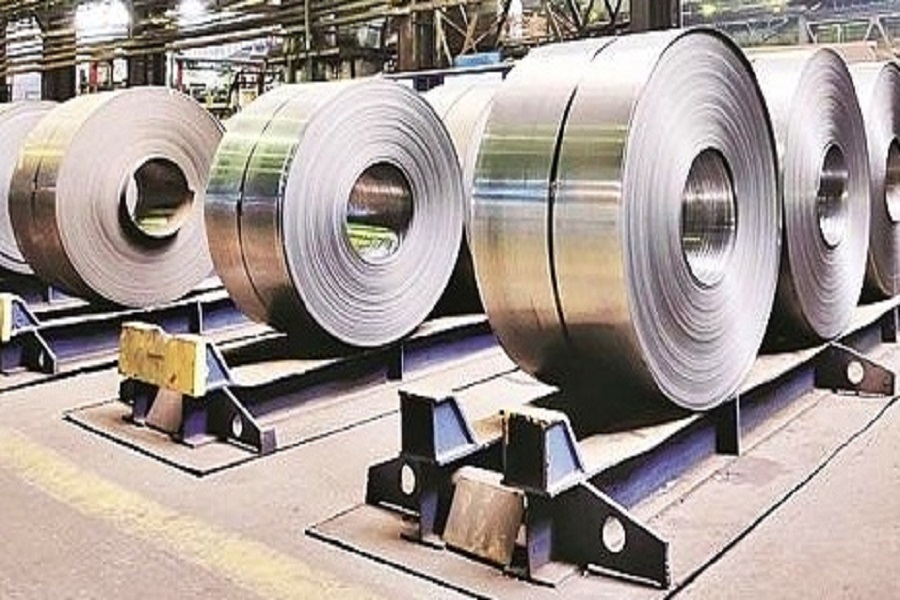Cement Sector Update : Higher Prices Boost Profitability; Outlook Remains Positive by Axis Securities Ltd
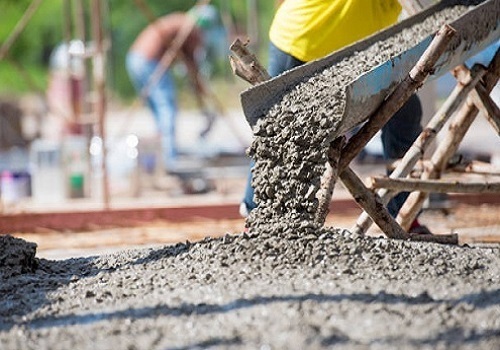
Q1FY26 Cement Review – Higher Prices Boost Profitability; Outlook Remains Positive
* Financial Performance
* Companies under our coverage delivered YoY growth of 10% in volume, 16% in revenue, 40% in EBITDA and 45% in PAT, beating our expectations. This compares to forecasted growth of 10% in volume, 14% in revenue, 39% in EBITDA, and 25% in PAT.
* EBITDA/tonne during the quarter improved notably. EBITDA margins expanded by 350 bps YoY, supported by higher volumes and realisation, which grew by 10% and 4% respectively. Sequentially, margins remained flattish at 19.7%. EBITDA per tonne rose to Rs 1,070, marking a 30% YoY increase but a 1% decline QOQ.
* Blended Realisation per tonne improved by 4% YoY and 2.5% QoQ to Rs 5,510, as most regions experienced a rise in cement prices. Cost per tonne was Rs 4,441, showing a 1% decline YoY, as power and fuel costs softened by 7% to Rs 1,010 per tonne.
* Performance across the coverage universe was largely in line with expectations. Notable outperformance came from JK Cement, JK Lakshmi, Ambuja Cement, and UltraTech Cement. Dalmia Bharat Limited and Shree Cement delivered stronger margins, while ACC Limited and Birla Corporation’s performance remained mixed.
* During the quarter, UltraTech Cement, Shree Cement, and Ambuja Cement commissioned 3.5 mtpa, 6.5 mtpa and 4.5 mtpa of new capacity, respectively. Dalmia Bharat also announced fresh expansion plans of 6 mtpa. Previously announced capacity additions are on track and are expected to be commissioned within the given timelines.
* Management noted that cement prices are largely flattish since Q1FY26 exit levels, and they expect demand to strengthen in FY26. This optimism is driven by rising government infrastructure spending, along with a recovery in housing, industrial, and commercial demand.
Better Realisation Supported Overall Performance
In Q1FY26, cement volume for our coverage universe grew by 10%, meeting our expectations. Realisations improved by 4% as cement prices increased, while operating costs reduced by 1% YoY. We anticipate operating performance to remain benign in FY26, supported by improved pricing, higher government spending on infrastructure projects, and housing demand.
Cement Demand Meets Expectations:
* Resilient Pricing: Cement prices improved by 4% YoY and 2.5% QoQ, with the Southern and Eastern regions playing the major role in positive price sentiment and are currently largely at the same level as Q1FY26 exit prices. Market dynamics and the demand-supply scenario will dictate the pricing environment. Despite the typical monsoon season slowdown, cement prices held up well across most regions, particularly in the Southern and Eastern parts of India, which had seen significant price hikes earlier in the quarter. This helped companies improve their realisations and, consequently, their profitability.
* Volume-led Growth: Demand for cement remained strong, driven by government infrastructure spending and a revival in housing and commercial construction. UltraTech Cement, for instance, saw a 10% YoY growth in sales volume, while Ambuja Cement achieved a record 20% YoY increase. The early onset of the monsoon season in some regions did cause a temporary slowdown in demand, particularly in states like Kerala, which impacted volumes for some companies. However, this seasonal weakness was largely offset by strong premonsoon demand and resilient pricing.
* There were regional variations in demand. While the Eastern, Western, and Southern regions saw strong demand supported by infrastructure activity, the Central and Northern regions experienced some seasonal softness.
Input Cost
* The softening of power and fuel costs positively impacted the operational performance of cement companies in Q1FY26. During the quarter, power and fuel costs decreased by 7% YoY to Rs 1,010/tonne for our coverage universe. While raw material costs saw a slight uptick, the overall power and fuel costs were well-managed, thanks to a sustained focus on green energy and operational efficiencies.
Outlook
* We expect cement demand to remain strong in FY26, supported by sustained government infrastructure spending, steady housing demand, and a recovery in rural consumption. These positive drivers are likely to keep the industry on a solid growth trajectory, and we forecast high single-digit volume growth across our coverage universe. The industry added nearly 30–35 MTPA of new capacity in FY25, with a further ~40 MTPA expected in FY26. This sustained capacity expansion reflects confidence in long-term demand growth and continued investment momentum across the sector.
* We remain positive as long-term demand drivers are intact and expect cement demand to grow at a CAGR of 7%-8% over FY24-27E. Sector consolidation is expected to benefit large players through economies of scale, supply chain efficiency, and better pricing in the long term. Despite ongoing capacity additions, we believe long-term cement demand will outpace supply. Cement prices, regional demand and supply dynamics, and trends in fuel costs will be key monitorables.
* In summary, the cement sector has started FY26 on a strong footing. The results from market leaders demonstrate that a combination of robust demand, resilient pricing, and disciplined cost management is leading to impressive profit growth.
Above views are of the author and not of the website kindly read disclaimer
